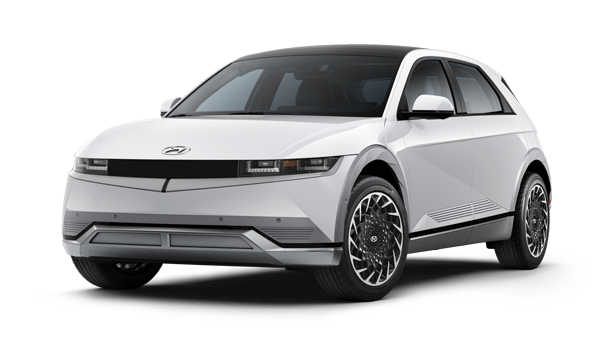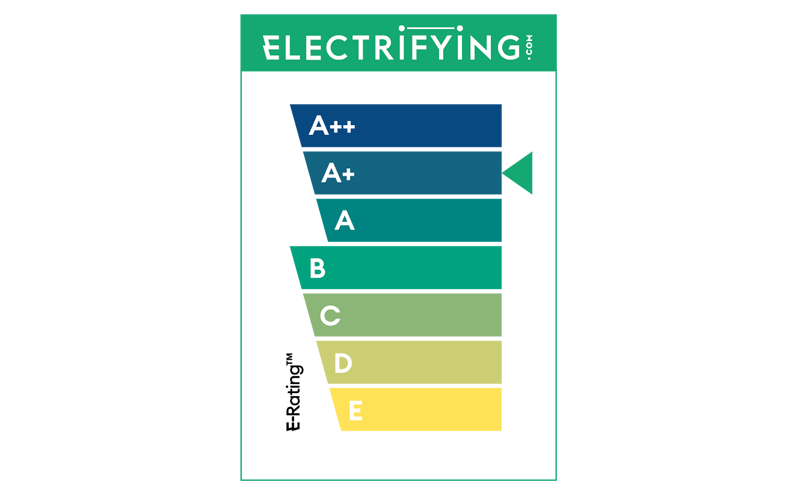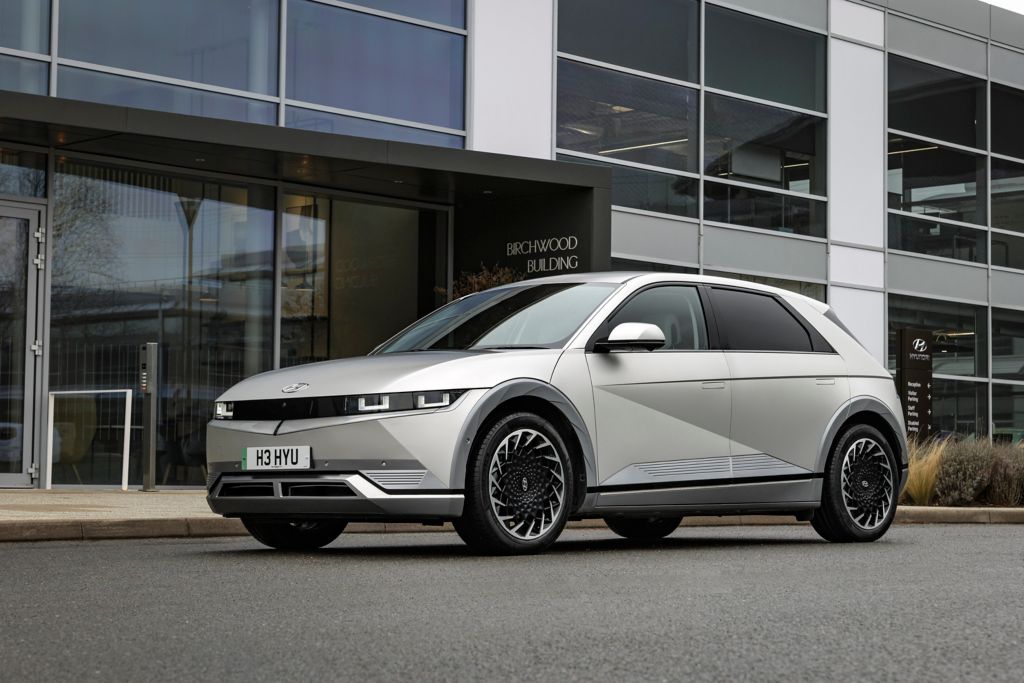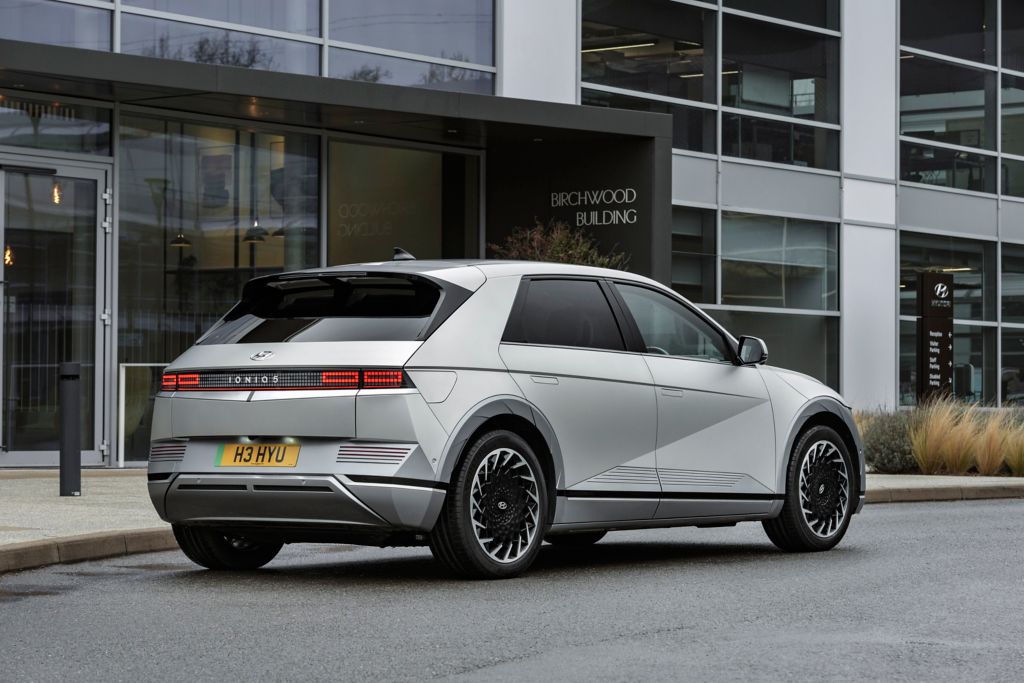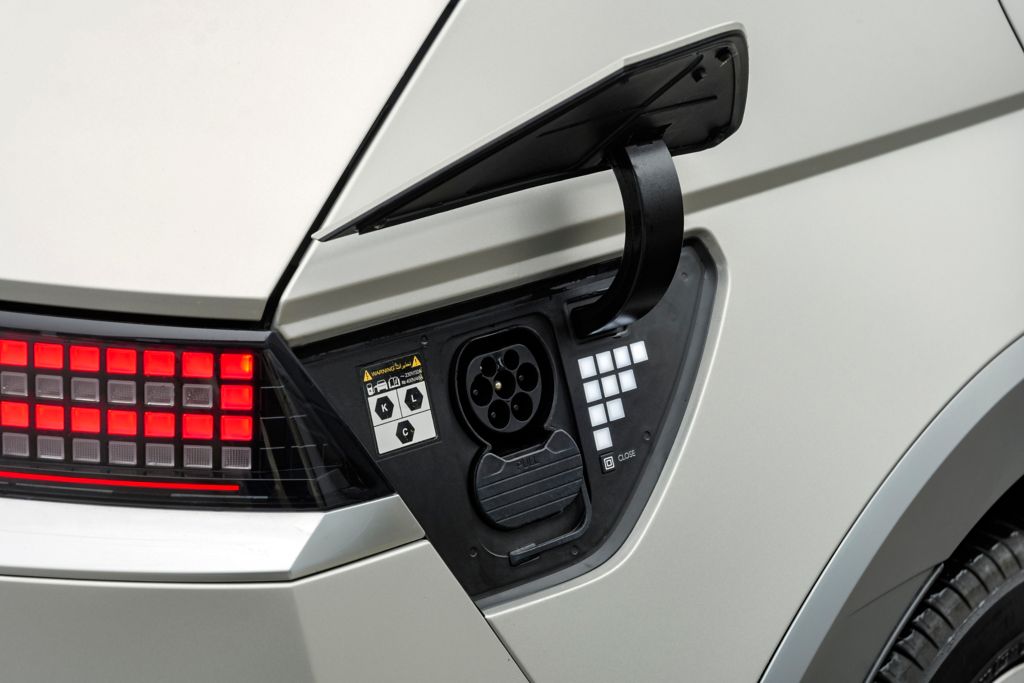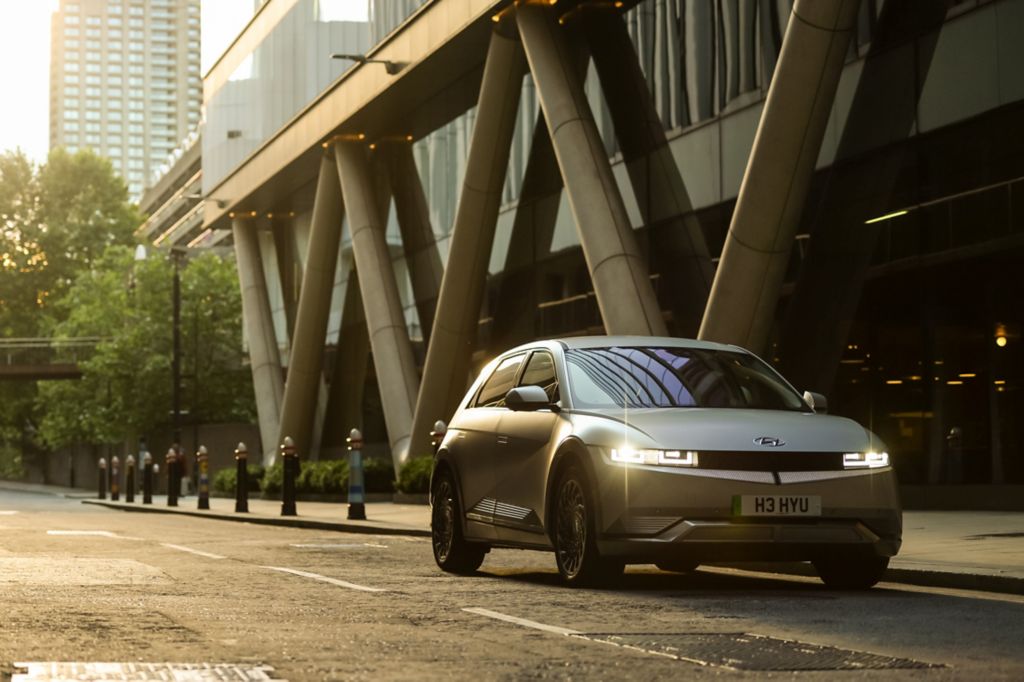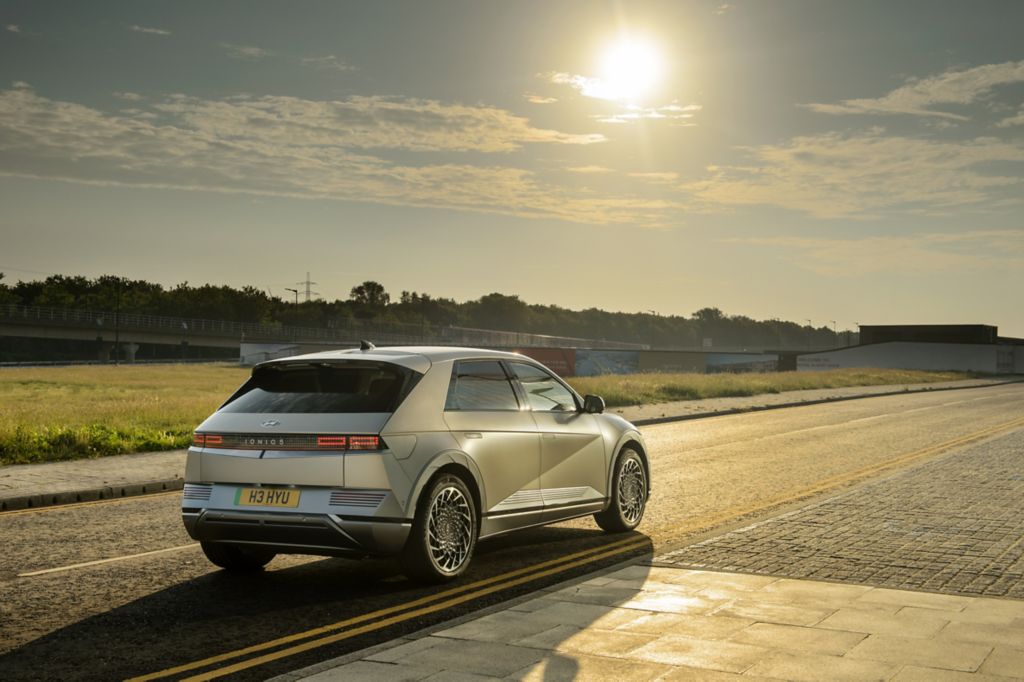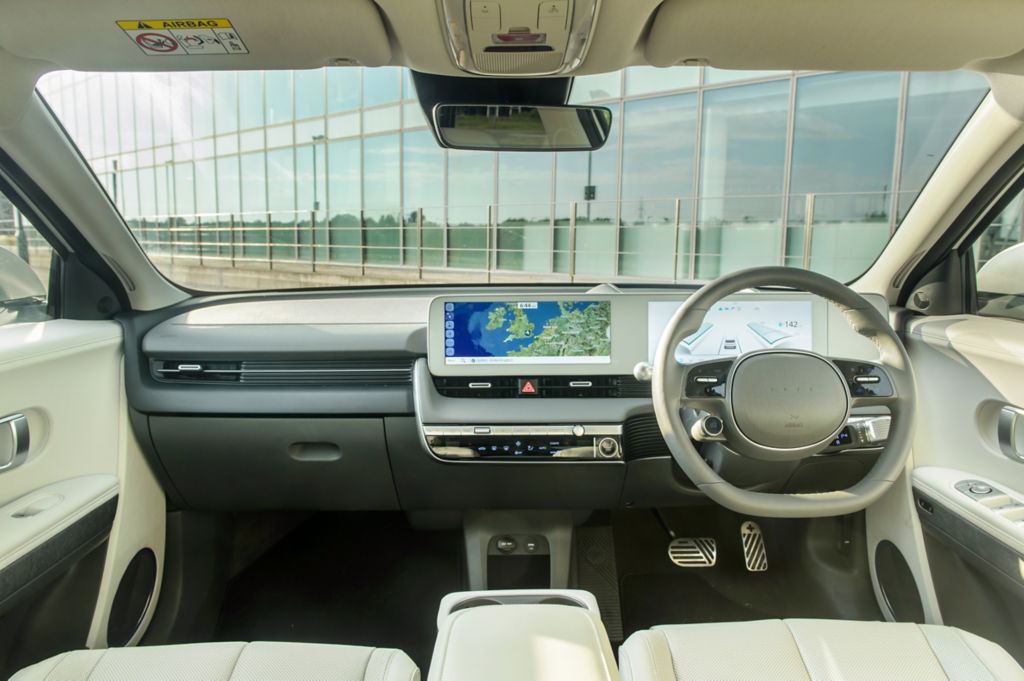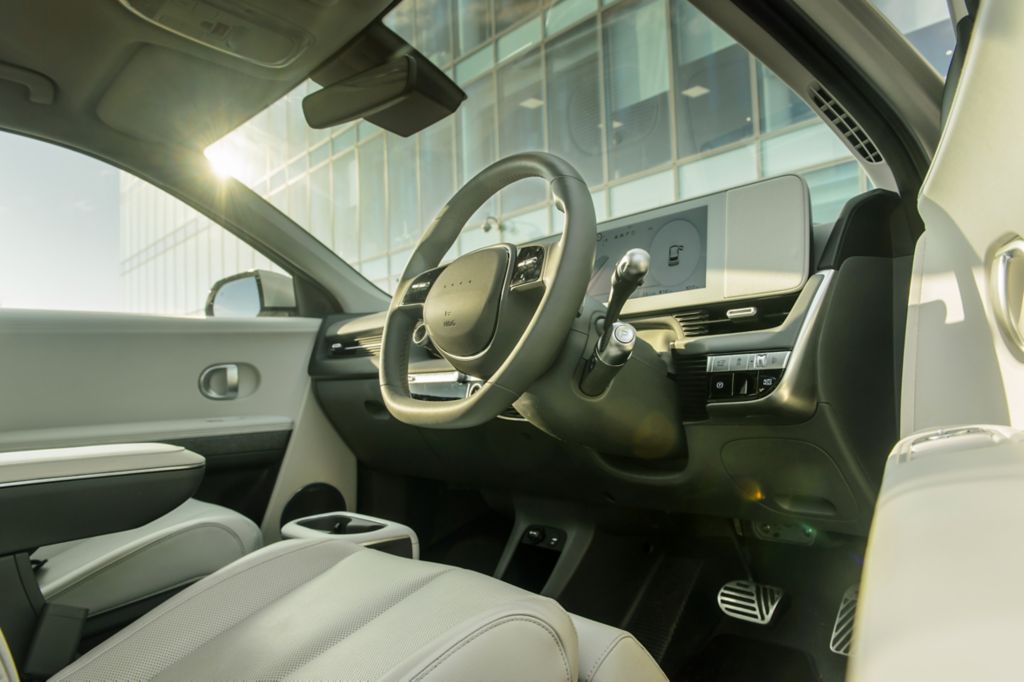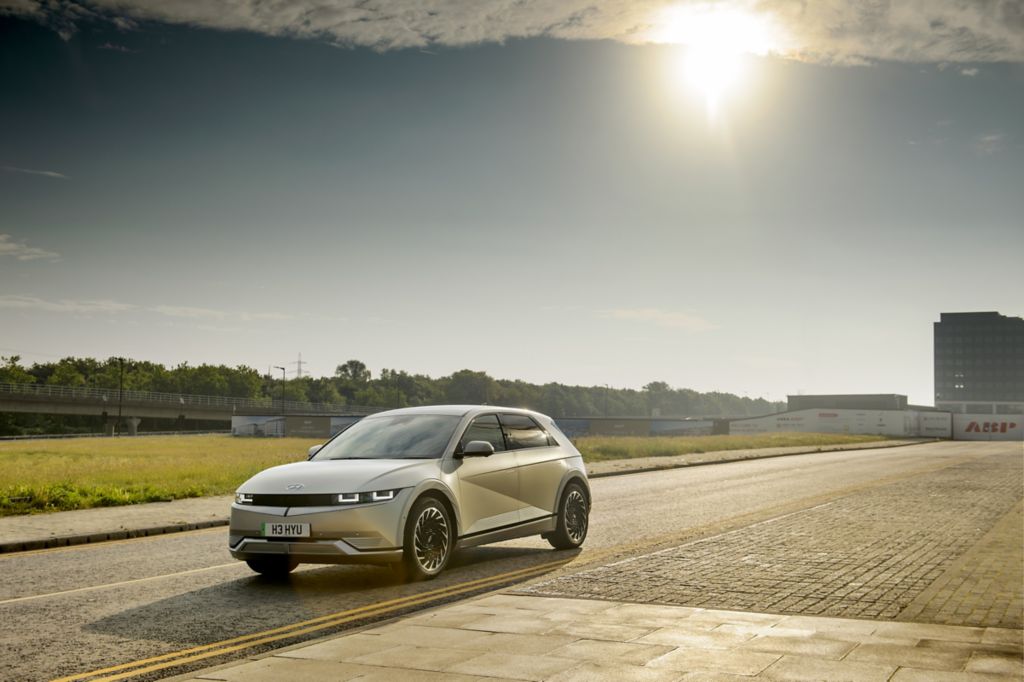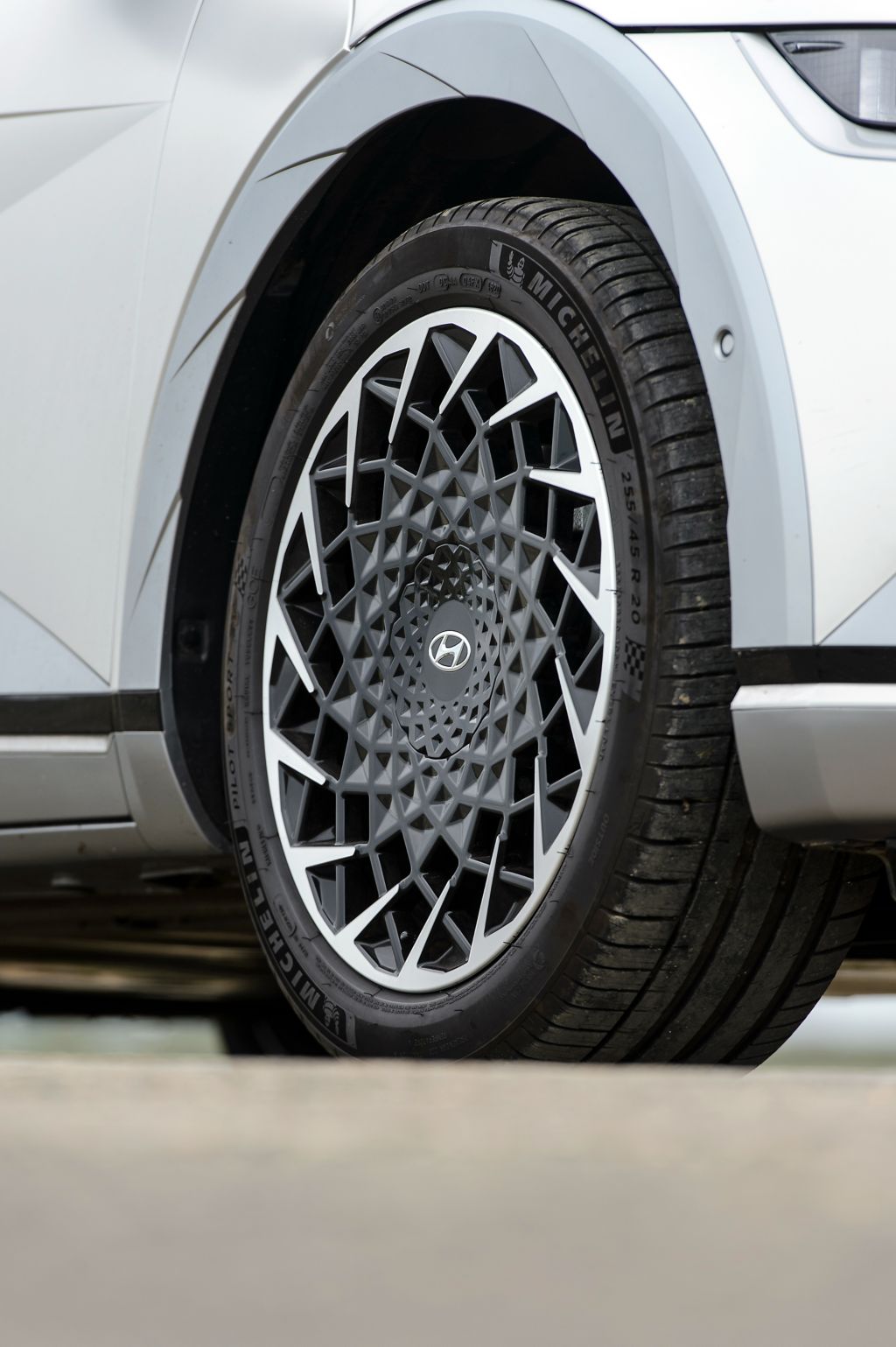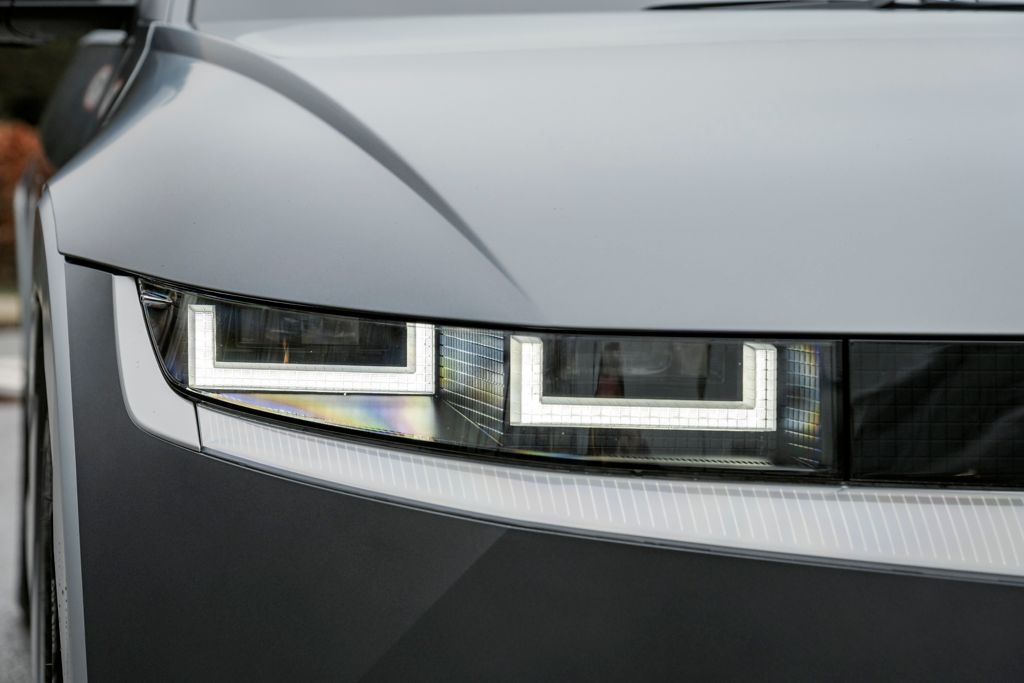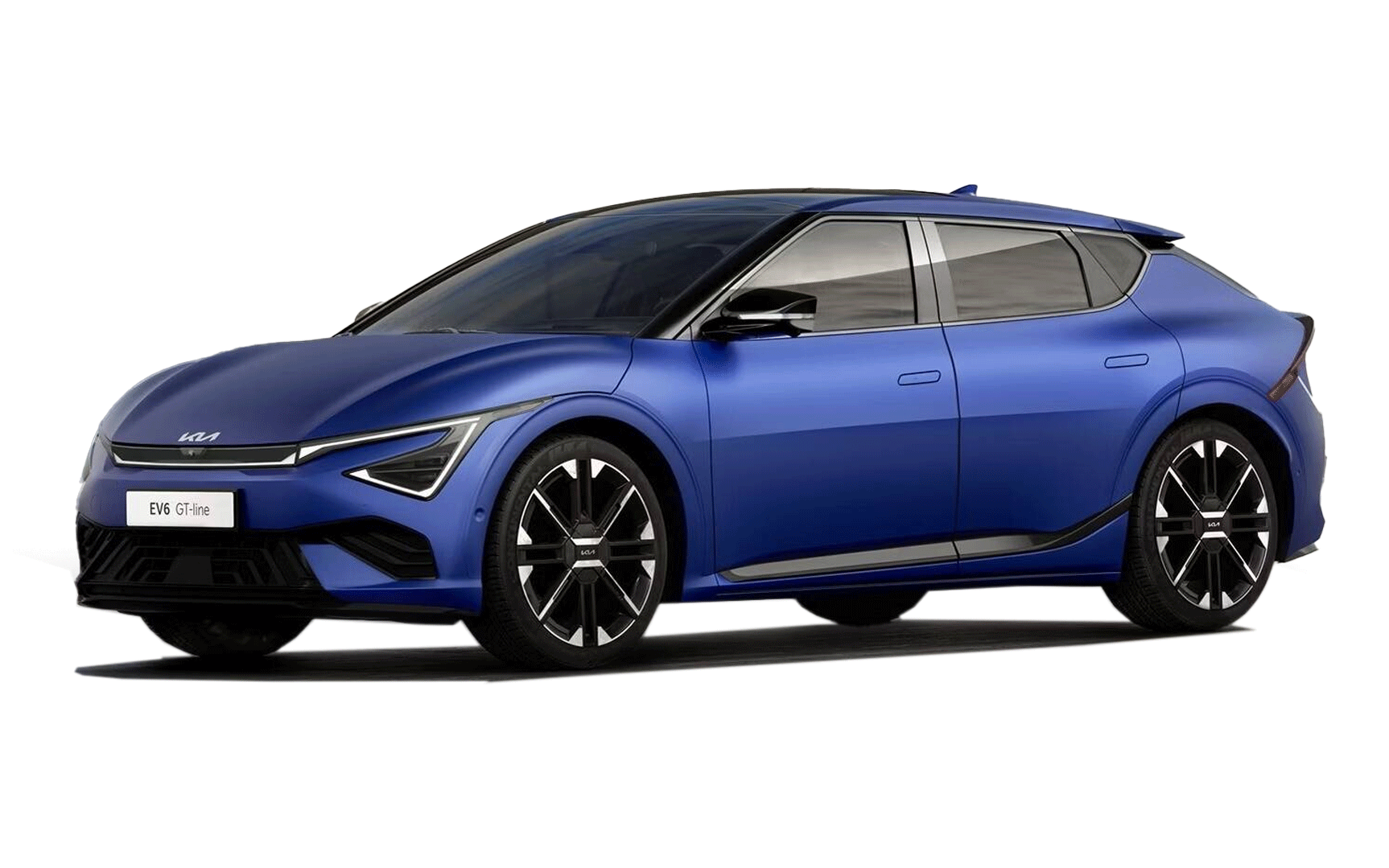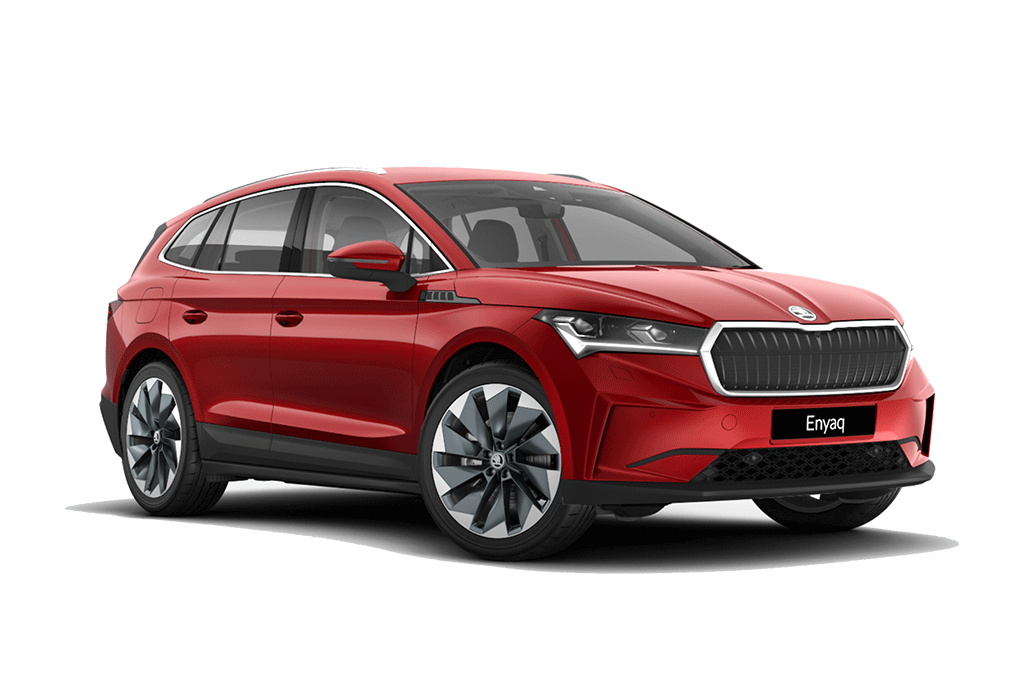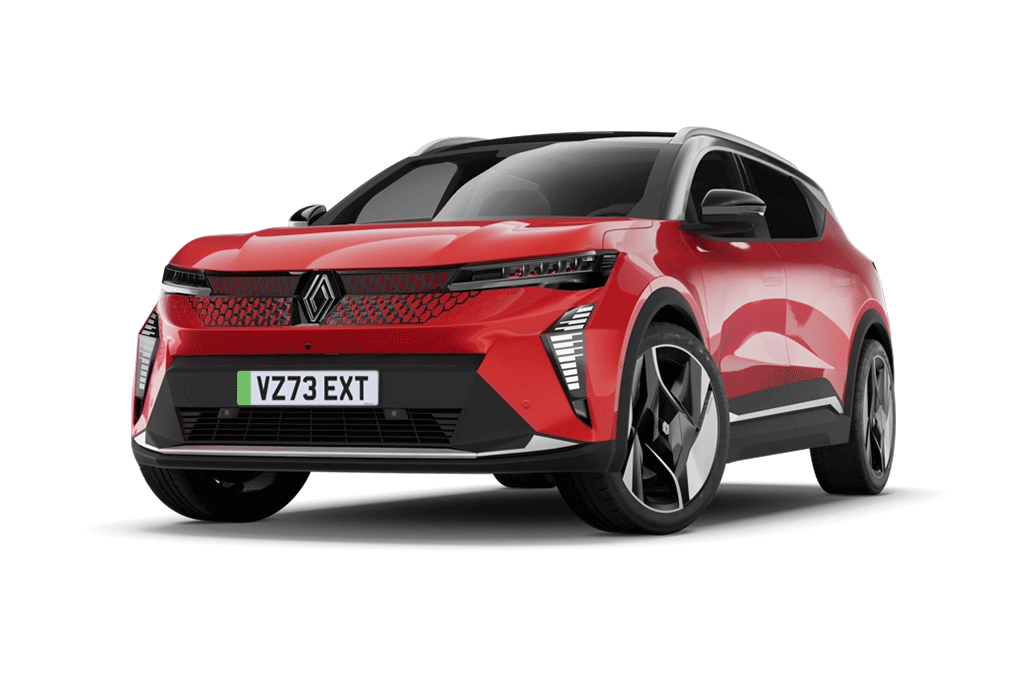Let's start with the styling of the IONIQ 5... Let's face it, the boxy, modern-retro looks are just brilliant, and are much bolder than almost any other electric car you can buy. Thankfully, Hyundai resisted the urge to tinker with the updated 2023 model and (with the exception of digital side mirrors that can be specced optionally) it looks identical to the original.
In terms of size, the IONIQ 5 is deceptively big. At 4.64 metres long and 1.89 metres wide, it's bigger than a Land Rover Discovery Sport and very similar all round to a Skoda Enyaq and Ford Explorer. Even inside, Hyundai goes bigger than most competitors. The fact that electric cars are more spacious than conventional vehicles is not new, as the motors and battery can be placed anywhere in the car, giving designers freedom to open up the inside to create room for passengers. It means there is a huge amount of space, even for tall passengers in the rear.
Want to try it yourself? Book a test drive in the IONIQ 5 here.
There is also a lot of adaptability. Not only can the rear seat can be slid forwards to give the best balance between rear legroom and luggage space, but there is also a sliding centre console between the seats that can serve front or rear occupants (standard on Ultimate models and above). The boot is an SUV-sized 527 litres and there is another 100 litres of storage under the bonnet. That boot is quite shallow and flat though, which will limit your ability to carry pot plants and sofas back from Ikea.
Hyundai is not only relying on the spectacular design of the IONIQ 5 to make rivals look obsolete, though. The car is built from the ground-up as an electric car to make it as efficient and uncompromised as possible. It's already one step further advanced than the likes of VW by having 800 volt running gear that allows the car to charge much faster than most electric cars (many of which rely on 400 volt systems, instead). The Porsche Taycan and Audi e-tron GT have similar set ups - but cost double the price of the IONIQ 5. You can check out the Kia EV6 and Genesis GV60 for similar charging speeds, as they share the IONIQ 5's platform and tech gubbins.
It means the Hyundai really scores at the charging station. Find one of the new generation 350kW rapid chargers, and the battery of the IONIQ 5 will fill from 10 to 80 percent in 18 minutes. A quick ‘get you home’ splash of 60 miles’ worth can be added within five minutes. That’s barely enough time for a splash’n’dash of your own.
Another neat feature of the IONIQ 5 is its Vehicle to Load, or V2L, system. This allows owners to draw power from the traction battery (not the 12 volt) at a rate of up to 3.6kW. So, if you need to run a fridge at the campsite, cool the beer at the barbecue, run power tools at remote locations or, if necessary, give another electric car a charging boost, the IONIQ 5 can do it.
Hyundai offers the IONIQ 5 in several configurations with either a single or double electric motor for rear or all-wheel drive. There are two battery size options: 58kWh and a new 77.4kWh pack that replaces the original 72.6kWh battery. The larger pack model can return up to 354 miles of WLTP range while the smaller pack can manage up to 273 miles on a full charge.
Click HERE to download your free Beginners' Guide to Going Electric - powered by Hyundai
If you value speed more than efficiency, the twin-motor model will do the 0-62 mph sprint in just over five seconds, but comes with a sub 300 mile WLTP range figure. That’s faster than any family car needs to be, especially since the IONIQ 5 is actually more of a limo than a sportscar. It is very refined and serene inside and not the sort of car which encourages you to go for a drive just for fun. If you prefer your cars to be exciting rather than relaxing, then we'd suggest trying a Kia EV6, which uses the same hardware but different styling and suspension tuning.
Verdict
The Hyundai IONIQ 5 is a really original, really intriguing car that's got proper 'want one' appeal, yet also ticks the boxes when it comes to practicality, range and - since prices were dropped in 2024 - even value. The Skoda's Enyaq is certainly roomier, and the Kia EV6 more fun to drive and the Renault Scenic E-Tech even more affordable if you want long range, but as an overall prospect the IONIQ 5 is still one of the best family electric cars you can buy.
Like the Hyundai IONIQ 5? Try these...










